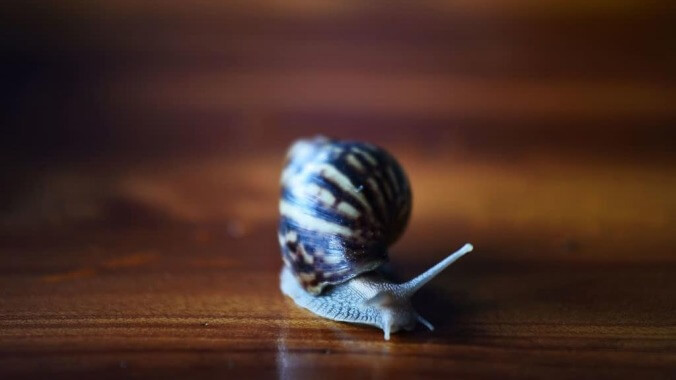It is time to meet the "zombie snail," which is somehow even worse than it sounds

Photo: Lillian Suwanrumpha
As anyone who’s watched a few episodes of Planet Earth knows well, the natural world is filled with a seemingly endless supply of biological horror. Weird fish and creepy reptiles coexist with strange parasites and fucked-up bugs, living out their lives in bizarre ecosystems. Because there has to be a silver lining to the fast-approaching destruction of our planet, Wired’s Matt Simon has decided to share important details on a real hall-of-famer nightmare creatures: the so-called “zombie snail.”
